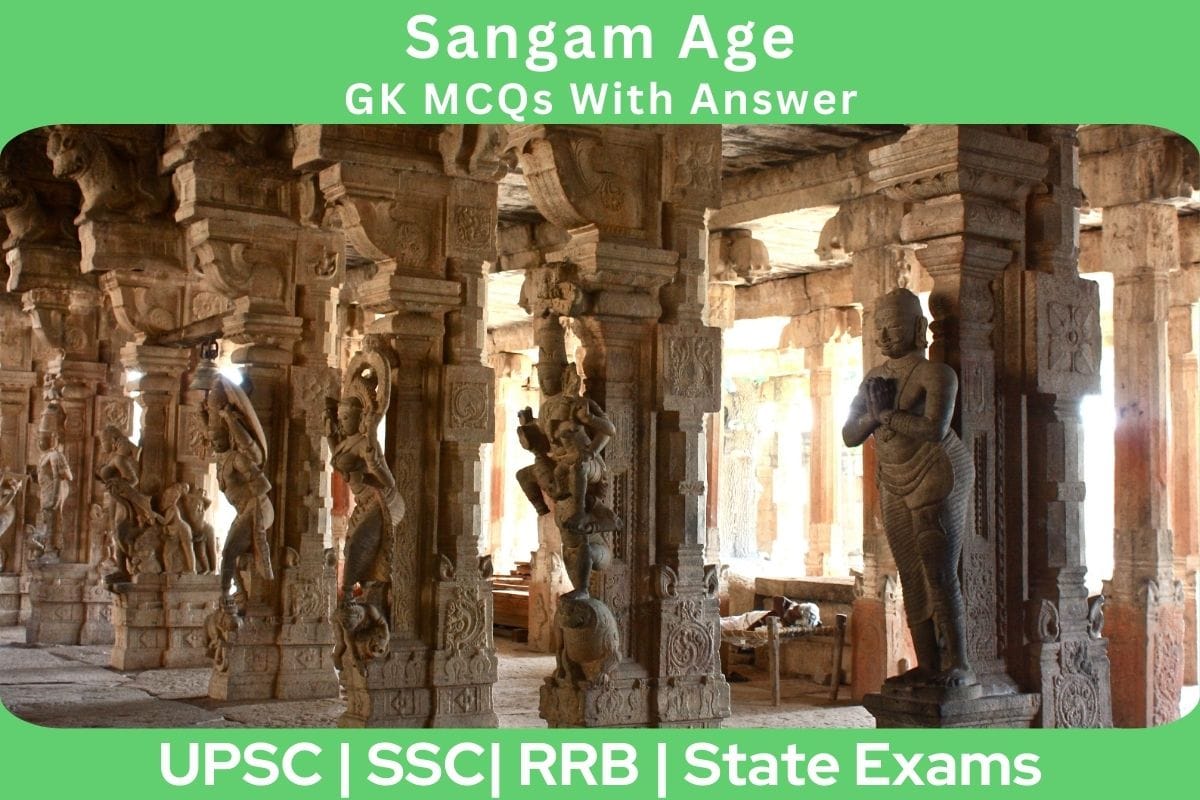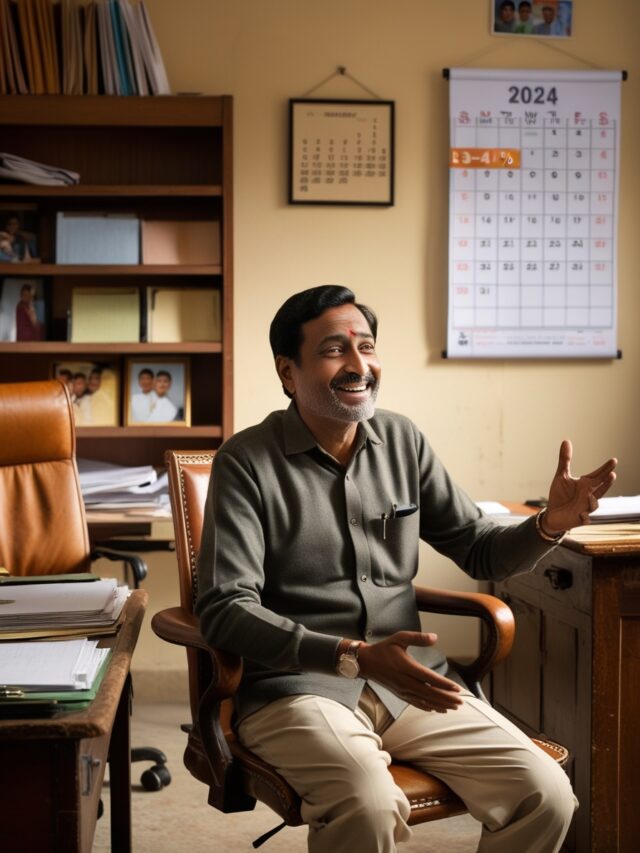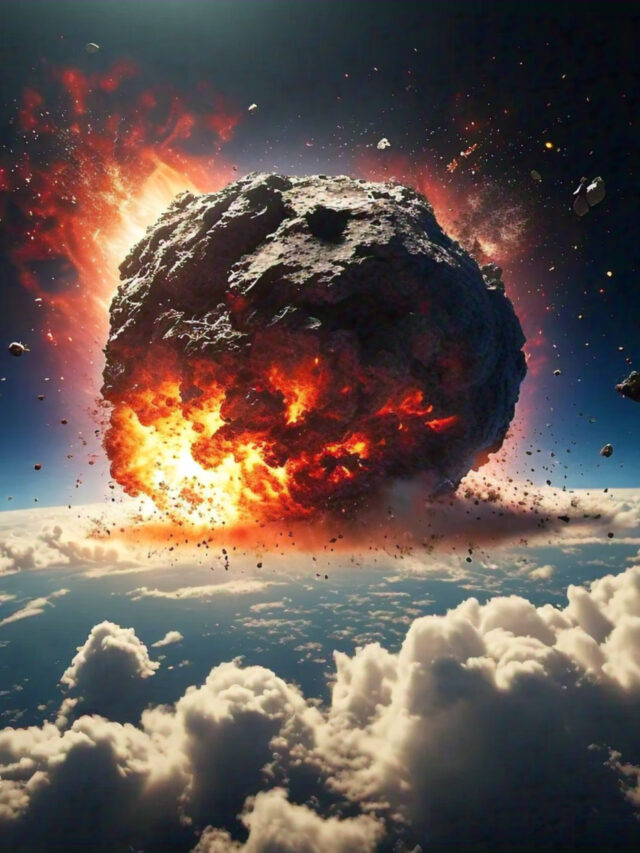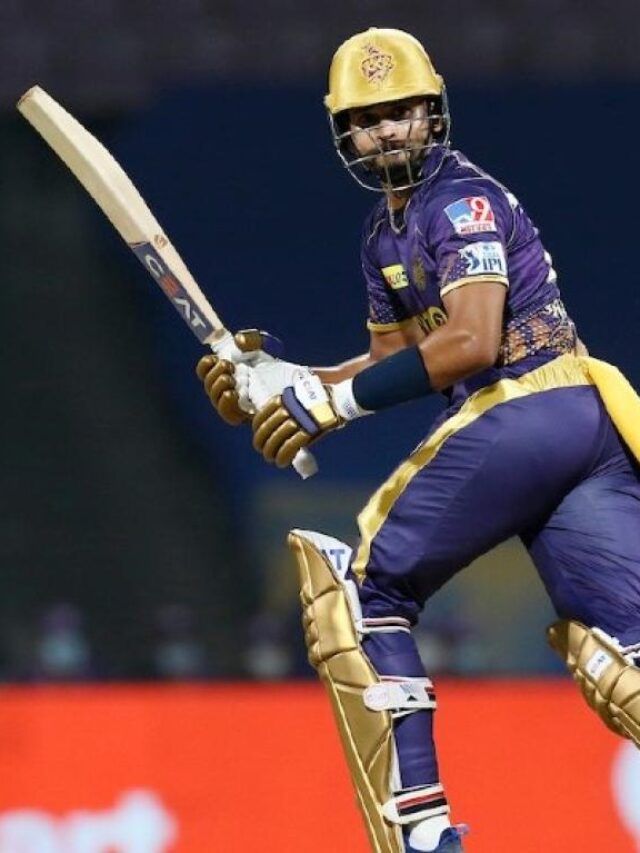
Q1: Where was the second Sangam held?
1. Thenmadurai
2. Madurai
3. Kabadapuram
4. None of the above
Show Answer
Answer: 3
Explanation: The Sangam period was a significant era in the history of South India, and it produced a rich body of literature known as Sangam literature. The term Sangam refers to a gathering or assembly, and there were three Sangams held in ancient Tamilakam, each contributing to the literary and cultural heritage of the region.
Q2: Which Sangam is associated with the works Tolkappiyam Mapuranam, Isainunukam, Bhutapuranam, Kali, Kuruku, Vendali?
1. First Sangam
2. Second Sangam
3. Third Sangam
4. None of the above
Show Answer
Answer: 2
Explanation: Tolkappiyam Mapuranam, Isainunukam, Bhutapuranam, Kali, Kuruku, Vendali are important works of the second Sangam. The second Sangam had 3700 poets, patronized by 59 kings, and lasted for 3700 years.
Q3: Where was the third Sangam held?
1. Madurai
2. Thenmadurai
3. Kabadapuram
4. Vellore
Show Answer
Answer: 1
Explanation: The third Sangam was hosted in present-day Madurai, Tamil Nadu, with 449 poets, including Nakkirar, Iraiyanar, Kapilar, and others. Its literary contributions comprised works like Nedumthokai, Kurumthokai, and Nattinai. The third Sangam was patronized by 49 kings and continued for 1850 years.
Q4: Which Sangam is associated with the works Nedumthokai, Kurumthokai, Nattinai, Ainkurunnu, Pathittupattu, Paripadla, Kuttu, and Vari?
1. First Sangam
2. Second Sangam
3. Third Sangam
4. None of the above
Show Answer
Answer: 3
Explanation: Nedumthokai, Kurumthokai, Nattinai, Ainkurunnu, Pathittupattu, Paripadla, Kuttu, and Vari are works of the third Sangam. It lasted for 1850 years and was patronized by 49 kings.
Q5: Identify the person who founded the first Sangam.
1. Tolkappiyar
2. Sage Agastya
3. Kapilar
4. None of the above
Show Answer
Answer: 2
Explanation: The first Sangam, founded by Sage Agastya, had its seat in Thenmadurai in South Madurai and was patronized by 89 kings. It gave rise to notable works like Agathiyam, Paripadal, Mudukurugu, and Kalariyavirai. Approximately 4449 poets and bards were associated with this Sangam.
Q6: Which Sangam is associated with the works Agathiyam, Paripadal, Mudukurugu, and Kalariyavirai?
1. First Sangam
2. Second Sangam
3. Third Sangam
4. None of the above
Show Answer
Answer: 1
Explanation: The important works related to the first Sangam include Agathiyam, Paripadal, Mudukurugu, and Kalariyavirai. As many as 4449 poets and bards are associated with the first Sangam.
Q7: Who wrote Silappadikaram?
1. Tolkappiyar
2. Ilango Adigal
3. Sattanar
4. Senguttuvan
Show Answer
Answer: 2
Explanation: The Tamil epics of the Sangam period, such as Silappadikaram by Ilango Adigal, are considered gems of early Tamil literature. Silappadikaram narrates the love story of Kovalan, who chose the courtesan Madhavi over his noble wife Kannagi.
Q8: Under whose patronage were the three Sangams held?
1. Pallava Kings
2. Chola Kings
3. Pandya Kings
4. Chera Kings
Show Answer
Answer: 3
Explanation: The three Sangams or assemblies were held under the patronage of the Pandya kings of Madurai.
Q9: Which of the following statements are correct regarding Sangam literature?
1. Sangam literature is primarily secular.
2. Sangam poems offer rich, diverse vantage points of looking at everyday themes in a Tamilakam context.
1. Only 1
2. Only 2
3. Both 1 & 2
4. Neither 1 & 2
Show Answer
Answer: 3
Explanation: Sangam literature is primarily secular in nature. The Sangam poems offer rich, diverse vantage points of looking at everyday themes in the Tamilakam context.
Q10: Which of the following is also known as the Red or Good Chera?
1. Udiyanjeral
2. Nedunjeral Adan
3. Senguttuvan
4. Kudakko Ilanjeral
Show Answer
Answer: 3
Explanation: According to the Chera poets, Senguttuvan is their greatest king and is also known as the Red or Good Chera. He led many successful military expeditions and is mentioned in the post-Sangam text Silappadikaram.
Q11: In the Sangam period, the whole Tamilakam was divided into how many tinais or ecozones?
1. Kurinji (hilly region)
2. Palai (arid zone)
3. Mullai (pastoral tracts)
4. Marudam (wetlands)
5. Neital (seacoast)
Select the correct option from the codes given below:
1. Only 1, 2 & 3
2. Only 2, 3 & 4
3. Only 2, 4 & 5
4. 1, 2, 3, 4 & 5
Show Answer
Answer: 4
Explanation: The division of Tamilakam into five ecozones, or tinais, based on their economic resources, further reflects the understanding of the environment and its impact on the people’s way of life during the Sangam period. These tinais were Kurinji (hilly region), Palai (arid zone), Mullai (pastoral tracts), Marudam (wetlands), and Neital (seacoast).
Q12: Who wrote Tolkappiyam?
1. Tolkappiyar
2. Tiruvalluvar
3. Sattanar
4. Senguttuvan
Show Answer
Answer: 1
Explanation: Tolkappiyam is not only the most ancient book on Tamil grammar but also the oldest surviving work of Tamil literature. It forms an integral part of the Sangam literature corpus.
Q13: Which of the following wrote ‘Agattiyam’?
1. Tolkappiyar
2. Sattanar
3. Senguttuvan
4. Agathiyar
Show Answer
Answer: 4
Explanation: While Agattiyam, the first known book on Tamil grammar attributed to the sage Agathiyar, is mentioned in Sangam literature, it is unfortunate that the text is lost beyond recovery.
Q14: What are the narrative texts of Sangam literature known as?
1. Melkannakku
2. Kilkanakku
3. Ettutokai
4. None of the above
Show Answer
Answer: 1
Explanation: The Sangam literature consists of two categories: Melkannakku, which includes narrative texts glorifying heroes and depicting wars, and Kilkanakku, which consists of didactic works.
Q15: What are the didactic works of Sangam literature known as?
1. Melkannakku
2. Pattuppattu
3. Kilkanakku
4. None of the above
Show Answer
Answer: 3
Explanation: The didactic works of Sangam literature are referred to as Kilkanakku. These texts provided guidance on various aspects of life.
Q16: Which of the following is considered the ‘Odyssey of Tamil poetry’?
1. Tirukkural
2. Silappadikaram
3. Manimekalai
4. None of the above
Show Answer
Answer: 3
Explanation: Manimekalai is considered the ‘Odyssey of Tamil poetry’ and serves as a sequel to Silappadikaram. It narrates the adventures of the daughter born from the union of Kovalan and Madhavi.
Q17: What was the capital of the Cheras?
1. Madurai
2. Uraiyur
3. Vanji
4. None of the above
Show Answer
Answer: 3
Explanation: The capital of the Chera dynasty was located at Vanji, also known as Karuvur. The emblem of the Cheras was a bow, and they had prominent ports like Tondi and Muchiri.
Q18: Who is the earliest known Chera king?
1. Udiyanjeral
2. Nedunjeral Adan
3. Senguttuvan
4. Kudakko Ilanjeral
Show Answer
Answer: 1
Explanation: Udiyanjeral is the earliest known Chera king, and Nedunjeral Adan was one of the prominent Chera kings who earned the title of adhiraja after defeating seven crowned kings.
Q19: Which Sangam king is credited with constructing a dam on the river Kaveri?
1. Tondaiman Ilandiraiyan
2. Kulothunga
3. Karikala
4. None of the above
Show Answer
Answer: 3
Explanation: The famous Chola king Karikala of the Sangam age is credited with constructing a dam on the Kaveri river. This is considered one of the earliest dams in the country.
Q20: Which of the following was the most important crop of the Sangam period?
1. Wheat
2. Barley
3. Maize
4. Rice
Show Answer
Answer: 4
Explanation: Rice was the most important crop during the Sangam period and formed a significant part of people’s diet. It also served as a medium of barter exchange for inland trade.
Q21: The book ‘Periplus of the Erythrean Sea,’ which gives an account of Indo-Roman trade, was written in which of the following periods?
1. 1st century
2. 2nd century
3. 3rd century
4. 4th century
Show Answer
Answer: 1
Explanation: The book ‘Periplus of the Erythrean Sea’ provides valuable insights into Indo-Roman trade during the Sangam period. It was written by an anonymous author in the 1st century CE.
Q22: The book ‘Natural History’ was written by which of the following?
1. Pliny
2. Herodotus
3. Strabo
4. None of the above
Show Answer
Answer: 1
Explanation: Natural History’ is a work written by Pliny, a Roman writer. In this account, Pliny mentions that Rome was drained of gold due to its trade with India.
Q23: Which of the following were the major items of export to the Romans during the Sangam period?
1. Perfumes
2. Jewels
3. Ivory
4. Fine textiles
Select the correct option from the codes given below:
1. Only 1 & 2
2. Only 2 & 3
3. Only 2, 3 & 4
4. 1, 2, 3 & 4
Show Answer
Answer: 4
Explanation: The major items of export from South India to the Romans during the Sangam period included perfumes, jewels, ivory, fine textiles, as well as various precious and semi-precious stones.
Q24: Romans exported which of the following items to India during the Sangam period?
1. Gold
2. Silver
3. Wine
Select the correct option from the codes given below:
1. Only 1
2. Only 1 & 2
3. Only 2 & 3
4. 1, 2 & 3
Show Answer
Answer: 4
Explanation: Romans exported gold and silver to India during the Sangam period, as evidenced by the recovery of numerous Roman gold coins in South India. They also exported wine to India.
Q25: During the Sangam age, what was the main Chola port?
1. Kaveripattinam
2. Muziris
3. Broach
4. Sopara
Show Answer
Answer: 1
Explanation: The Chola capital during the Sangam period was Uraiyur (modern-day Tiruchirapalli) in Tamil Nadu. Kaveripattinam or Puhar served as the main Chola port.
Q26: Which of the following statements are correct regarding the Sangam period?
1. During the Sangam period, transit duties were collected from merchants who moved goods from place to place.
2. Tribute from subordinate chiefs, along with plunder and spoils of war, were the main sources of revenue.
Select the correct option from the codes given below:
1. Only 1
2. Only 2
3. Both 1 & 2
4. Neither 1 nor 2
Show Answer
Answer: 3
Explanation: During the Sangam period, transit duties were collected from merchants for moving goods from place to place. The main sources of revenue were tribute from subordinate chiefs, as well as plunder and spoils of war.
Q27: Which of the following were the important ports of India on the western coast during the Sangam age?
1. Bharukachchha (Broach)
2. Sopara
3. Kalyana
4 Muziris
Select the correct option from the codes given below:
1. Only 1 & 2
2. Only 1 & 4
3. Only 2, 3 & 4
4. 1, 2, 3 & 4
Show Answer
Answer: 4
Explanation: Important ports on the western coast of India during the Sangam period included Bharukachchha (Broach), Sopara, Kalyana, and Muziris. Ships sailed from these ports to the Roman Empire through the Red Sea.
Q28: Which of the following were the most prominent ports on the eastern coast of India during the Sangam period?
1. Tamralipti
2. Arikamedu
3. Kalyana
Select the correct option from the codes given below:
1. Only 1
2. Only 1 & 2
3. Only 1 & 3
4. 1, 2 & 3
Show Answer
Answer: 2
Explanation: Prominent ports on the eastern coast of India during the Sangam period were Tamralipti in West Bengal and Arikamedu in Tamil Nadu. Kalyana was located on the western coast.
Q29: Which of the following was the foremost port of the Cheras?
1. Sopara
2. Muziris
3. Arikamedu
4. Tamralipti
Show Answer
Answer: 2
Explanation: Vanji was the capital of the Cheras and an important center of trade and craft. The foremost port of the Cheras was Muziris (also known as Muchiri) on the southwest coast of the Indian subcontinent.







